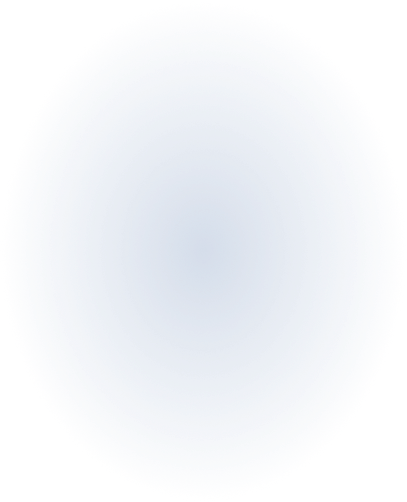Identifying Gene Pathways That Delineate the Two Late-Stage Types of Disease in AMD

Principal Investigator
Paul Baird, PhD
Centre for Eye Research Australia (Australia)
Melbourne, Australia
About the Research Project
Program
Award Type
Standard
Award Amount
$80,000
Active Dates
July 01, 2016 - June 30, 2018
Grant ID
M2016178
Co-Principal Investigator(s)
Adam Kowalczyk, PhD, Centre for Eye Research Australia (Australia)
Goals
There are two types of blinding age-related macular degeneration (AMD) but treatment is only currently available for one of these. We have developed a novel statistical tool and high throughput computational model that allows us to look at all genes in our genome and identify those genes that interact with each other to cause both of these types of AMD. Using the world’s largest collection of AMD samples, drawn from multiple cohorts of 40,000 people, we will identify the important genetic interactions in each type of AMD. Using this knowledge, we will be able to better understand the disease process and develop new therapies allowing both types of blinding AMD to be treated.
Summary
This project will look at how different regions of our genetic background interact with other genetic regions and lead to AMD. This will also allow us to identify whether specific gene-gene interactions exist for each of the different types of late-stage AMD (either geographic atrophy, aka “dry AMD,” or choroidal neovascular disease, known as “wet AMD”). In the first aim, data from the international AMD Gene Consortium, of which I am a member, will be used. This is a large consortium consisting of over 40,000 patient samples with and without AMD, from over 20 different groups from around the world. Coupled with these patient resources, a new statistical tool that allows investigation of gene-gene interactions has been developed called genome-wide interaction search (GWIS). This will allow all genes in an individual AMD patient to be assessed and compared to an individual without AMD to identify particular gene-gene interactions specific to those individuals with AMD. This will be repeated across all subjects in each of the cohorts and then across all available cohorts. The power of the GWIS comes from the ability to be able to investigate large numbers of patients across multiple cohorts.
In the second aim, the GWIS will be used to identify specific gene-gene interactions that exist in either geographic atrophy or choroidal neovascular disease from patients from the international AMD Gene Consortium. This will allow the identification of specific pathways that are important for each type of AMD.
The findings from this research will allow a better understanding of what causes AMD and in particular what causes either of the different late-stage disease subtypes of geographic atrophy or choroidal neovascular disease. In turn, it is envisaged that novel treatments will be developed based on these findings.
Related Grants
Macular Degeneration Research
Cellular Scale Measures of Short-Term Retinal Atrophy Progression
Active Dates
October 01, 2022 - September 30, 2025

Principal Investigator
Kristen Bowles Johnson, PhD, OD
Current Organization
Indiana University
Macular Degeneration Research
Investigating Multiarmed Cell Death (PANoptosis) in Dry AMD Progression
Active Dates
July 01, 2022 - June 30, 2025

Principal Investigator
Lucia Celkova, PhD
Current Organization
Trinity College Dublin (Ireland)
Macular Degeneration Research
Understanding the Role of Support Cells, Known as Glia, in Geographic Atrophy
Active Dates
September 01, 2020 - August 31, 2023

Principal Investigator
Malia Edwards, PhD
Current Organization
Wilmer Eye Institute



